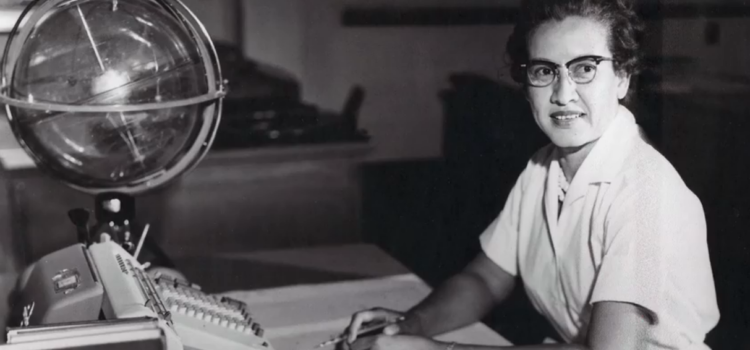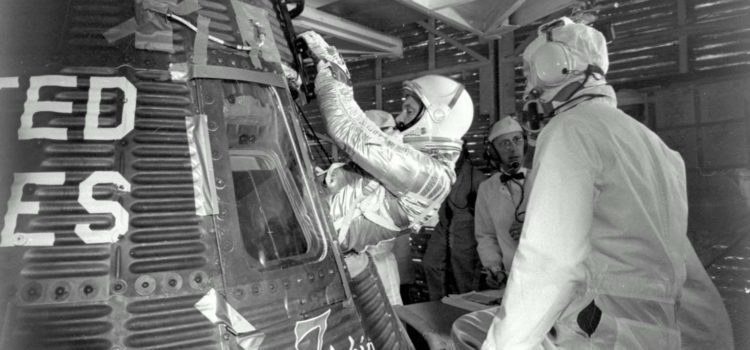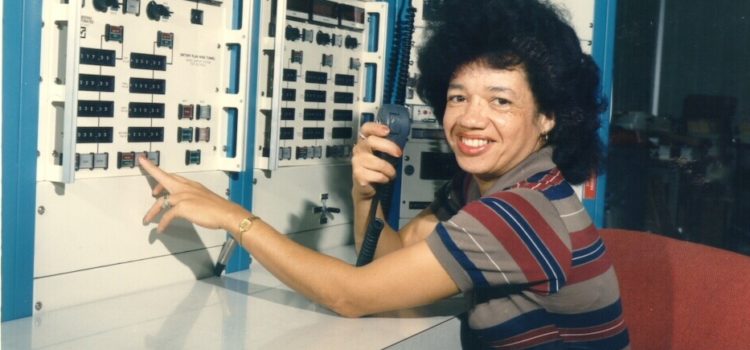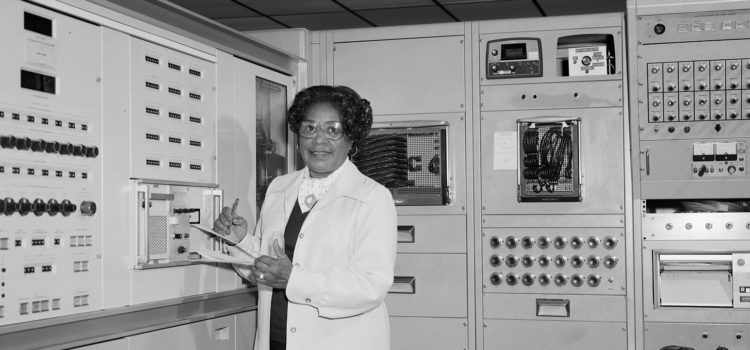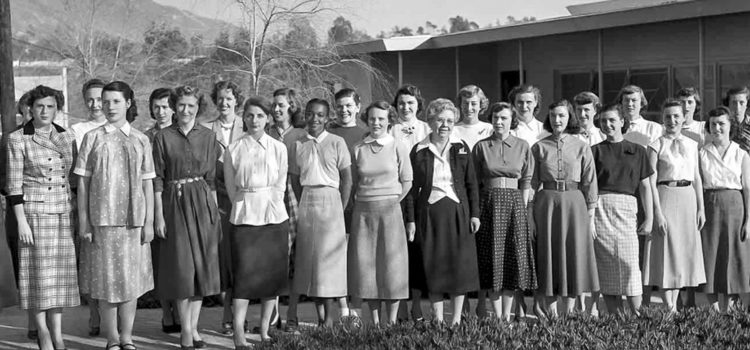Who is Hidden Figures‘ Katherine Johnson? What was her career like, and what did she do at NASA? Hidden Figures‘ Katherine Johnson was a mathematician who worked at NASA during the height of space travel. Katherine’s contributions helped make space travel possible, but she also contributed to her field and made lasting discoveries, cementing her legacy at NASA.
Hidden Figures’ Katherine Johnson: A Real Star at NASA
